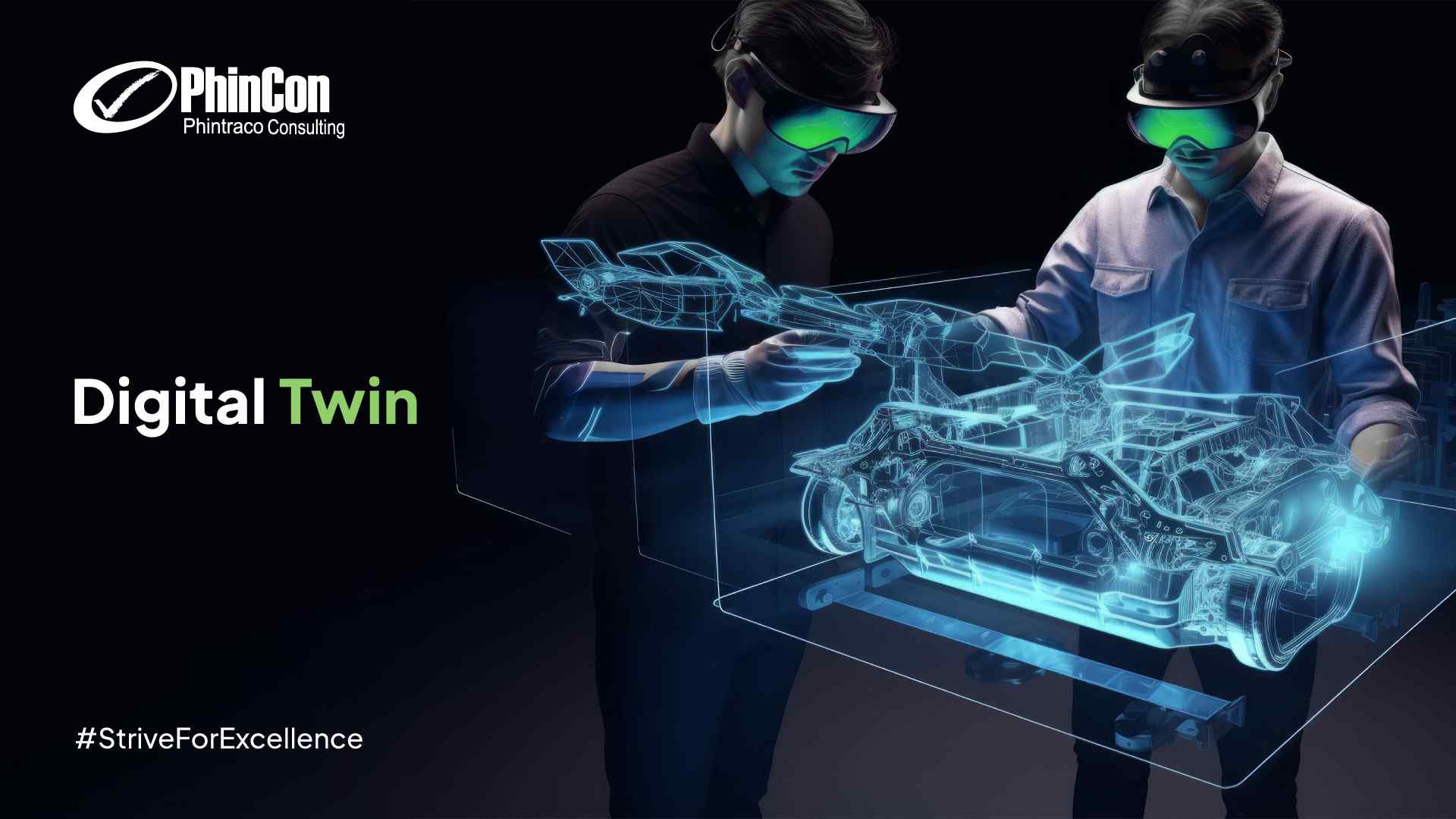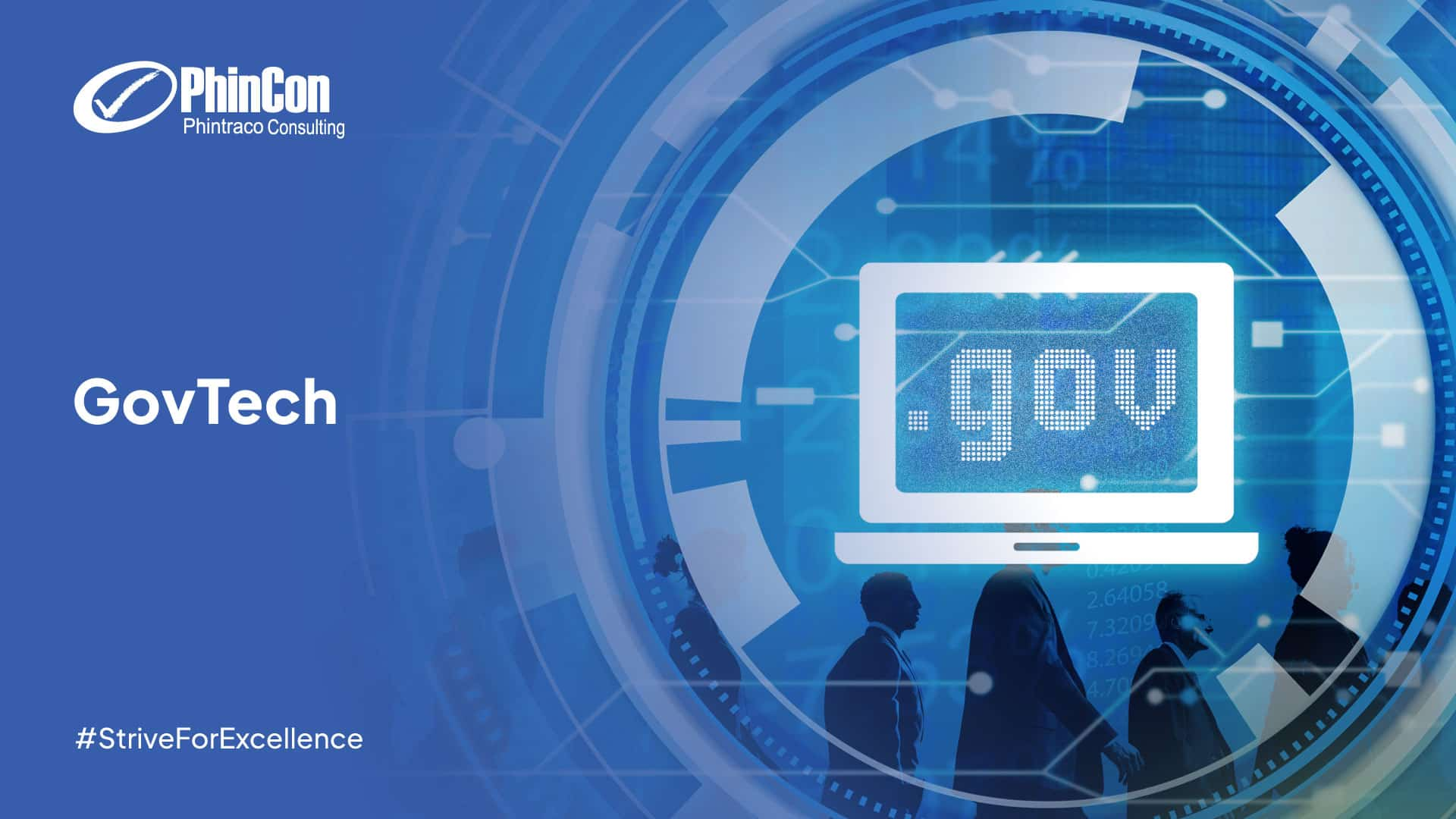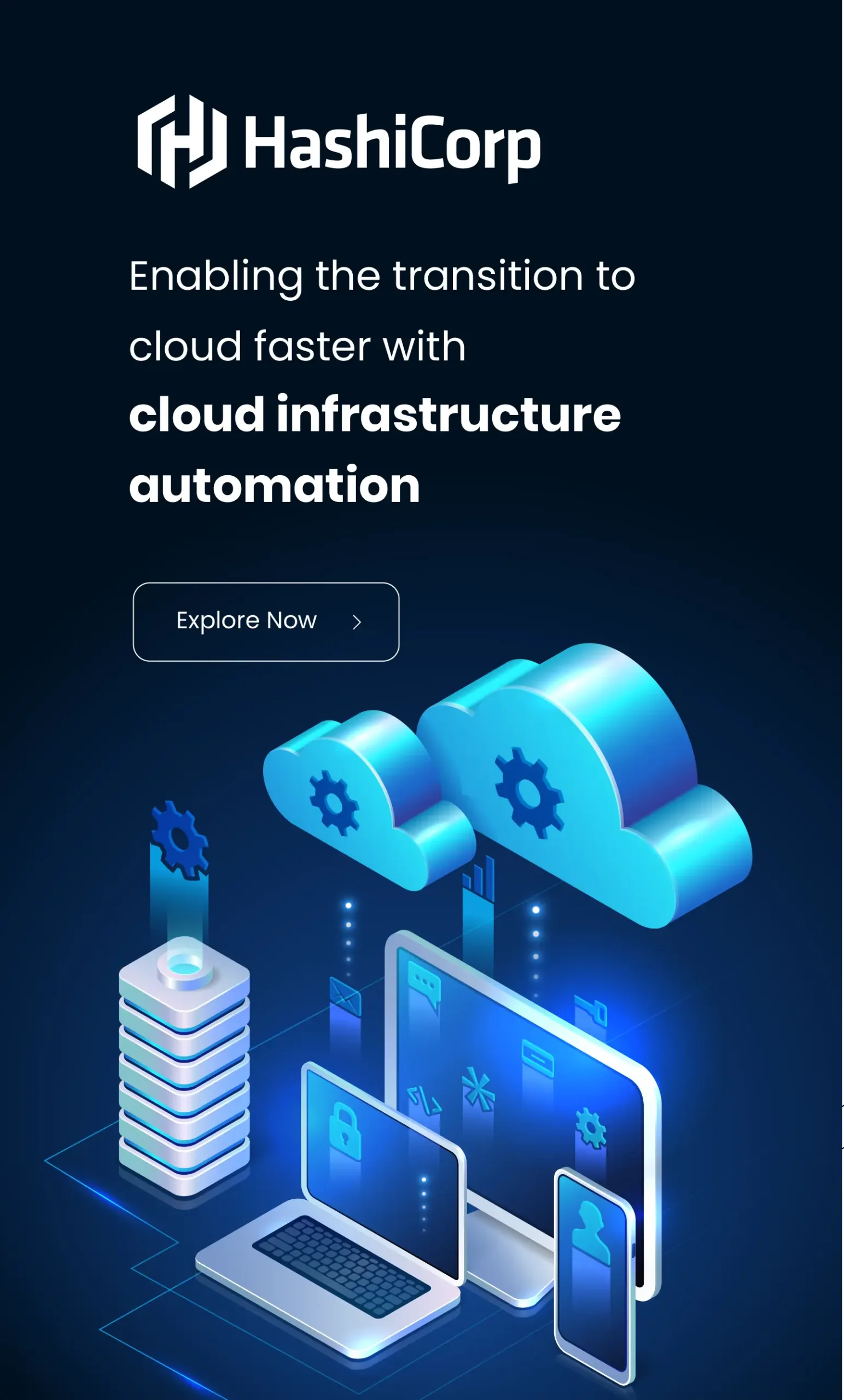Blog and News

Digital Twin Technology: Transforming Real-Time Data and Insights
When BMW develops a new vehicle, it doesn’t just build a prototype but utilizes digital twin technology to create a virtual model. This allows engineers to simulate every aspect of the vehicle, from engine performance to aerodynamics, before a single part is manufactured. By connecting physical vehicles with their digital counterparts through real-time data, automotive companies can monitor usage, predict failures, optimize maintenance, and even enhance the driving experience. These advantages make digital twins an indispensable technology to accelerate innovation and efficiency.
As various industries, from manufacturing to automotive, push toward smarter and more efficient operations, the digital twin becomes a game-changer for simulating, analyzing, and improving performance in never-before-possible ways. Let’s explore digital twins, how they work, and the advantages they offer to the future of the business.
What is a Digital Twin?
Digital twin refers to a virtual replica of an object or system that reflects a physical object accurately in real-time. It uses real-time data from sensors to simulate, analyze, and optimize a physical object’s performance throughout its lifecycle. It consists of three elements: the physical object, its virtual replica, and the data connecting them.
While digital twins and simulation are both used to model physical systems digitally, they’re also slightly different. A digital twin is a dynamic representation that is continuously updated with data from sensors to reflect the actual state and performance. But a simulation is a static or time-limited virtual model used to imitate specific scenarios or processes based on parameters without real-time data input.
Digital twin technology is being implemented in various industries, including manufacturing, automotive, supply chain and logistics, construction, healthcare, and more. It offers numerous benefits, such as enhancing operational insights and control, predictive maintenance, and faster product development and innovation.
What are Digital Twin Types?
There are several types of digital twin, such as:
Component/Part Twins
Component or part twins represent the lowest level of digital twin technology. They are virtual models of individual components such as motors, sensors, valves, or switches. The main function is to monitor these specific parts’ health, performance, and operational status in real time.
Asset Twins
Asset twins represent whole physical assets with multiple interconnected components, like machines, vehicles, or buildings. They provide a holistic overview of an asset’s condition, usage, and environmental factors, allowing for operational optimization and reduced downtime.
System/Unit Twins
System or unit twins are a more complex virtual model representing collections of interconnected assets working together, such as production lines and HVAC systems, to perform a specific function. They enable simulation and analysis within the system to identify bottlenecks and optimize the entire system’s behavior.
Process Twins
Process twins are the most comprehensive type, capturing workflows such as manufacturing chains, supply chain operations, or service pimples. These twins integrate data from diverse sources, including IoT devices and enterprise systems, to create a full picture of the process.
How Do Digital Twins Work?
Digital twins work by creating a dynamic virtual replica of a physical object that mirrors the asset’s features, behavior, and functionality in real time. Sensors are embedded in the physical object to collect real-time data about parameters such as temperature, vibration, pressure, etc. The digital twins software uses this data to synchronize the virtual model with its physical counterpart. This is to ensure it accurately reflects the object’s current physical state.
Advanced technologies like artificial intelligence (AI) and machine learning (ML) will analyze data patterns, predict future behavior, test various scenarios, and optimize performance without risk to the physical object. Insights derived from the analysis help inform decisions, such as maintenance schedules, operational adjustments, or design improvements.
What are the Examples of Digital Twin?
Here are examples of digital twin implementations across various industries:
- Manufacturing: Manufacturing companies use digital twins to aid in generative product design by simulating thousands of design variations to accelerate R&D. They also enable predictive maintenance by monitoring equipment conditions via IoT sensors to reduce downtime and maintenance costs.
- Automotive: Digital twins support the vehicle product design stage and later stages of the vehicle lifecycle, such as service. They also assist in real-time component monitoring, predictive maintenance, and accelerating development, especially in electric vehicle segments.
- Utilities & Energy: Digital twins design, monitor, and maintain power plants, electric grids, transmission, and consumption. It could also improve the efficiency of renewable energy systems, such as solar installations and wind farms, whose production is less predictable than fossil fuel-burning plants.
- Supply Chain & Logistics: Digital twins simulate packaging performance and shipment conditions to improve protection and feasibility. They also optimize warehouse design and operational flow and help logistics companies create efficient distribution networks using traffic and infrastructure data.
Why is Digital Twin Important?
Digital twin technology offers various advantages that impact many aspects of business and engineering operations, such as:
- Increased Efficiency and Productivity: Digital twins allow companies to optimize assets, detect issues early, reduce bottlenecks, and improve process flows. This will enhance overall productivity and reduce downtime.
- Better Product Quality: Digital twins help engineers improve products across generations by collecting and analyzing operational data. This will lead to better design, fewer defects, and more consistent quality.
- Reduced Time-to-Market: Continuous insights during the product lifecycle and the ability to validate performance virtually can reduce the physical prototype process. This helps accelerate innovation cycles and time to market.
- Cost Savings: Digital twins help lower operational and maintenance costs through better forecasting, risk assessment, preventive maintenance, and resource optimization (energy, materials, time).
- Risk Management and Safety: Virtual models allow testing scenarios to identify and mitigate safety hazards and operational risks before being implemented in the real world, improving safety and reliability.
Outsource IT Roles That Power Your Digital Twin Transformation with PhinCon!
Adopting digital twin technology is essential to enhance operational efficiency and innovation across industries. However, building and maintaining digital twin systems requires specialized IT expertise. Whether expanding operations to Indonesia and needing local IT experts or seeking remote IT professionals from Indonesia, PhinCon Pte Ltd is here to support you.
PhinCon Pte Ltd offers end-to-end IT outsourcing services to ensure seamless access to Indonesia’s top-tier IT talent. We’ve got you covered from sourcing and recruitment to payroll and compliance. We provide IT talent pools of various levels and roles, including Android Developer, iOS Developer, Fullstack Developer, Golang Developer, Mobile Developer, Quality Assurance, DevOps, Business Analyst, Solution Architect, Project Manager, L2 Operation Support, and more.
Partner now with PhinCon to power your digital twin strategy with reliable and skilled Indonesian IT professionals tailored to your business needs. For more information, email sales.sg@phincon.com.
Editor: Trie Ayu Feminin & Irnadia Fardila
Popular Posts





